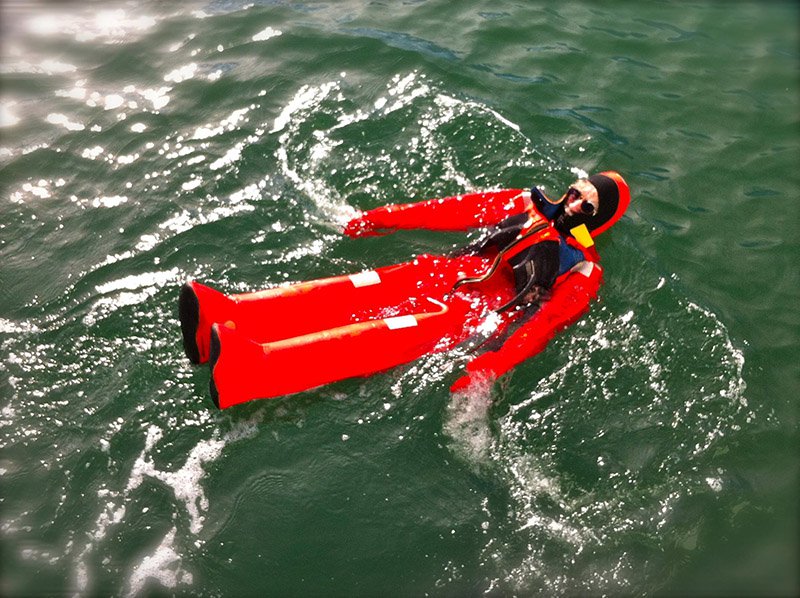Sometimes things go the way you planned, and sometimes they don’t. This is true of fishing seasons as well as putting together a magazine. The biggest difference is that unexpected changes at my job don’t result in the loss of lives, boats or full holds.
It’s a good thing this industry has some phenomenal allies in marine safety, like Jerry Dzugan, executive director of the Alaska Marine Safety Education Association.
Sitka, Alaska-based fisherman and freelance writer Brendan Jones’ profile on Dzugan starts on page 30. But no man is an island. When Jones got to writing about Dzugan, he couldn’t leave out the origins of Alaska’s fishing safety program, because Dzugan has lived and breathed every moment of his association’s development over the last 37 years. You can’t think of AMSEA without thinking of Jerry Dzugan and vice versa.
I have heard whispers of his retirement, but he’s staying put for now at least. Jennifer Lincoln, a member of the AMSEA board and a marine safety specialist for NIOSH, confirmed that Dzugan was seriously considering retiring this year. But “there were other things that needed to be done that he wanted to do,” she explained.
It turned out to be a pivotal decision. AMSEA’s work under Dzugan’s guidance has helped reduce Alaska fishing fatalities by 83 percent over the last few decades. But this year, with holds overloaded in the midst of an epic return, at least six Bristol Bay boats swamped as a result of overloading and weather. Dzugan responded before the season was over (read his editorial in the October issue of National Fisherman, p. 8, or on our website) because there were also nine fatalities in the Alaska fishing industry in the first half of the year, the most in more than a decade.
Imagine what we’d be saying if this had been the first year without him. When he leaves, everything falls apart! We’re glad to have you around, Jerry, to help us pick up the pieces and get this train back on the rails.
There is some good news coming out of Bristol Bay this year, too.
Over the last few years, more boats have been installing raw seawater systems. In the remote bay, onboard chilling dramatically improves fish quality, but ice is hard to come by. Enter RSW systems that keep the catch chilled until it can be handed off to the tender.
NPF Boats & Gear Editor Jean Paul Vellotti explores the installation of these systems in new boats as well as retrofits and even in poly fish totes. The smallest systems make it possible for skiffs to get in on the action and help setnetters get the 10- to 15-cent price bonus drift gillnetters have been enjoying. Read the full story on page 26.
Conveniently located between Alaska’s fishing grounds and the West Coast hub of boatyards is Commodore’s Boats in Richmond, British Columbia. The yard has been taking advantage of the Stateside boatyard overflow by sponsoning a handful of U.S. fishing boats, among other services. See the profile of the Canadian yard starting on page 14.







